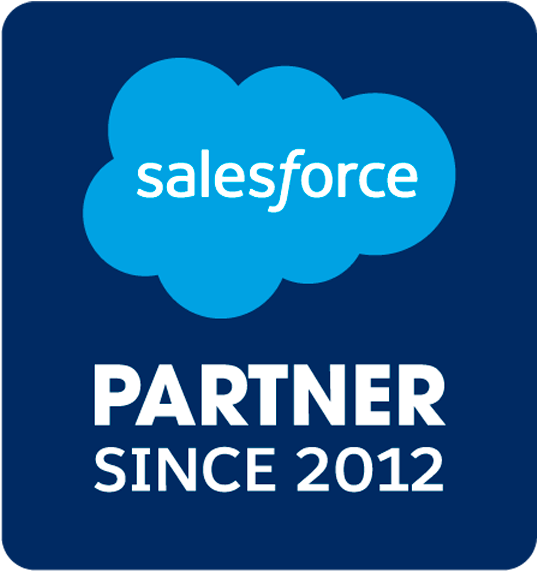We talk a lot about Salesforce as a product, but have you ever wanted to know more about the company behind it? Here’s a timeline of some of their biggest milestones.
1999
Marc Benioff, a former executive at Oracle, starts Salesforce in a cramped San Francisco apartment. His co-founders are Parker Harris, Dave Moellenhoff and Frank Dominguez.
Key investors include Larry Ellison (co-founder of Oracle), Bobby Yazdani (eventual investor in Dropbox) and Halsey Minor (CNET founder).
2000
Salesforce launches at DEMO 2000, a top venue for new products and services. As an internet service vs. an enterprise software, Salesforce is notably different from established CRM providers like Oracle and Siebel. To promote this difference, Benioff and co. go with an attention-grabbing advertising theme: “The End of Software.”
2001
Tom Siebel says of Salesforce: “There’s no way that company exists in a year.”
2002
Salesforce has 70,000 users and 5,000 paying customers across 107 countries.
2003
Salesforce hosts its first Dreamforce, a multi-day conference held in the heart of San Francisco. The inaugural event brings in 1,300 attendees.
2004
Salesforce goes public, ending its first day of trading with a 56.4 percent gain (from $11 a share to $17.20). It becomes the best-performing tech IPO of the year.
2005
Salesforce launches the AppExchange, “an online marketplace for business applications.” CEO Marc Benioff compares it to Apple’s iTunes.
2007
Bucking the organizational trend of slowing with age, Salesforce pivots to a “radically different way of managing work,” implementing “a set of agile, customer-driven, outcome-oriented, iterative management practices.”
2009
Salesforce reaches new heights: a $3.5 billion market capitalization and more than $1 billion in yearly revenue.
2010
The official announcement of Chatter, “the industry's first real-time enterprise social collaboration application and platform.”
2012
Salesforce unveils its newest product: Marketing Cloud. Marketing Cloud gives marketers the power to “manage social listening, content, engagement, advertising, workflow, automation and measurement all within one powerful suite.”
2013
Salesforce introduces Salesforce1, a “social, mobile and cloud customer platform.” The launch marks the company’s shift to a mobile and app-based approach.
2015
Salesforce comes out with the Lightning Experience, a new version of the platform. As the company puts it, “It’s not just a great new user experience. It’s also packed with new features to help you sell faster, work more productively and make better decisions.”
2016
The newest member of the Salesforce team is Einstein, “a breakthrough innovation that embeds advanced AI capabilities in the Salesforce Platform — in fields, objects, workflows, components and more.”
2018
Salesforce becomes the anchor tenant in a new San Francisco skyscraper (the tallest on the West Coast). As a result, the building is named Salesforce Tower.
What’s Next?
Earlier this year, Salesforce acquired MuleSoft for approximately $6.5 billion, paving the way for an upcoming Integration Cloud product. We’re all waiting anxiously for more details!



